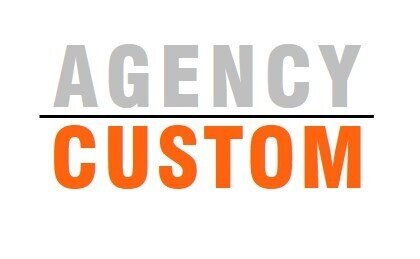Designers! Do not Forget, Fire is Light Too!
Designers! Do not Forget, Fire is Light too!
I will start this article with a confession, I like fire, but not in a weird way. As someone who grew up around the stuff, it just does it for me. There is an inherent beauty about fire that has always fascinated me. Having had some experience as a circus fire breather (Thanks to Kazmira the Fire Breathing Belly Dancer for her expert instruction. yes, it does sound like I am bragging! lol) I know how dangerous it can be when not handled with care and respect. But some people have dedicated their lives to this art form, creating sculpting, and harnessing the beauty that a well-designed fire feature can provide. To me, these are the other rock stars of the lighting world! I have had the extreme pleasure of working with folks that have engineered some of the most fascinating fire features for the best hotels, casinos, and private residences in the world.
I digress. Architects, Interior Designers, and Lighting designers create environments that can adapt to any type of mood one might encounter, which involves considering many factors when creating a design for a space. Fire features historically have been considered their own "environment" and not part of the overall design. The typical approach has always been to treat fireplaces and features as an afterthought and place them in a location that is not convenient, safe, or its just out of the way. This my friends, is most definitely NOT the right way to go about it!
There are six major points I feel should be addressed when designing fire features.
1. Determine the function of the space
This is where you can begin to incorporate fire into the design. The first question you should ask yourself is whether your proposed installation will be used for people? How many people? how large is the space? What is the purpose of this space? Is it a gathering place, lounge, performance, dining etc.?
2. Determine the design elements and principles to be employed. (Hint: All of them) These include scale, materials, texture, and color...you can also select the flame type, height, and even the color of the flame.
3. Determine the location for your feature(s). This may involve modifying your plans or adding more features to the space. this will include venting and fresh air intake, accessibility, and safety.
4. Determine the electrical design for your feature(s). This will include lighting levels, control methods (remote or automated), and any special considerations like DMX
5. Determine what method of ignition is used (if needed at all-gas jets for example
4. Select your lighting elements (if applicable) What type of additional illumination is needed? How will it be controlled? Lighting levels appropriate for the space must be determined at this point. As you can see here, you need to take into consideration how that fire feature will affect the overall mood of the space.
5. Integrate your fire feature into the overall design of the space
The key here is to make your fire feature an integral part of the design. This may be difficult if you are working with a tight budget, but it can be done without compromising the overall design. Even in public spaces where cost is especially important, there are still ways to include some type of lighting or another interactive element so that the fire element is not just something that sits there but enhances the environment overall. Anything that can be done to enhance the design will only help your cause!
6. Test, test, and test again! (In a controlled environment) I cannot express how important this step is! You do NOT want to be out on-site during your first run of a new fireplace, and it does not operate as specified.
7 Installation and commissioning
This is the fun stuff, because now your creation comes alive! Believe me when I say that it will not always be a smooth process...there may be many setbacks and changes made during this phase. Plan and make sure you have adequate time to work out any problems or issues that arise. Make sure whatever you are ordering or creating is within the specifications of your local codes, and that it will have the proper certifications required for its use.
This is a wonderful time to check back with your design team as well as electrician and installer. You may need additional input from them now-before this phase begins because once you start installing things, many changes cannot be made without extra costs.
If you are hiring an installer...make sure they have experience in the areas your project may be weak on (gas lines, sheet-metal fabrication etc.) This will help ensure that everything is done to code and that the design intent is realized.
I hope this helps some of you who have caught the fire feature bug!
The bottom line is, do not forget about the role that a well-designed and well-engineered fire feature can play in your overall design.
Give it the respect that you would give any other design element.
